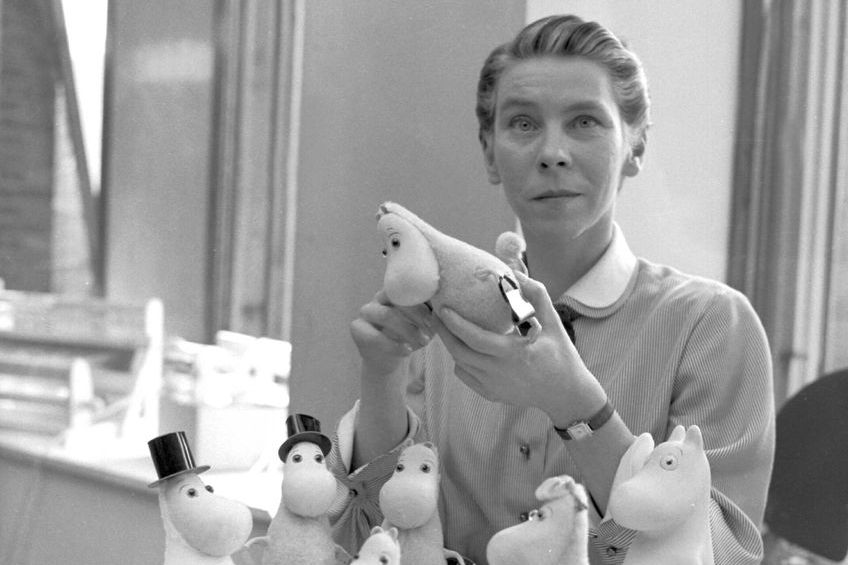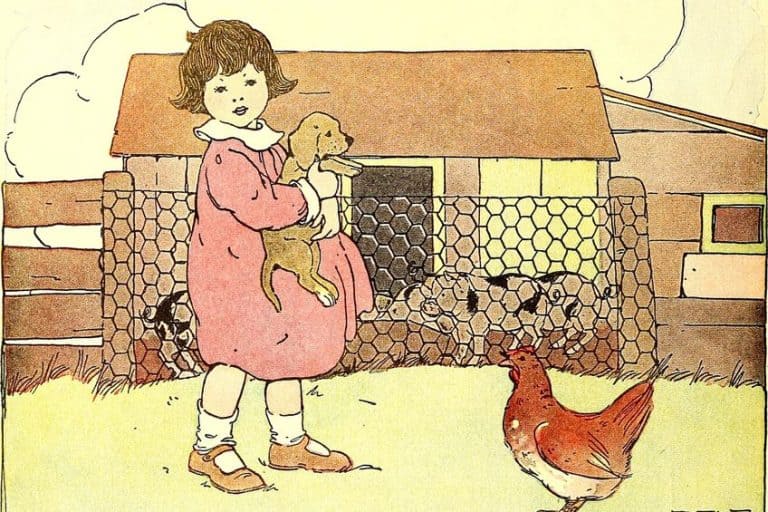Famous Illustrators – The 10 Best Contemporary Examples
In the rich tapestry of art history, illustrations emerge as captivating visual narratives that bridge the realms of imagination and reality. Defined as the art of depicting ideas or stories through images, illustrations possess a unique power to convey complex narratives with a single glance. This article delves into the realm of illustration, exploring the profound question of “what is an illustration”, while navigating the contributions of popular illustrators throughout history. From the classical strokes of revered illustrator artists to the innovative expressions of contemporary illustrators, we embark on a journey through time to unravel the evolution of this timeless art form. Join us as we delve into the captivating world of graphic illustrators, and explore the intricate threads that connect the past to the present in the ever-evolving landscape of visual storytelling.
An Introduction to Illustration: What Is an Illustration?
Illustration transcends language and communicates complex concepts through visuals. It breathes life into ideas, narratives, and emotions. Join us as we explore the diverse forms and functions of illustration throughout human creativity.

Contemporary Illustrators to Know
This section explores the lives and works of influential illustrators who have made an indelible mark on popular culture. From historical trailblazers to contemporary visionaries, we delve into their portfolios to uncover the stories behind their iconic creations. Join us on a journey through the brushstrokes and digital landscapes of these artistic luminaries who have become household names.
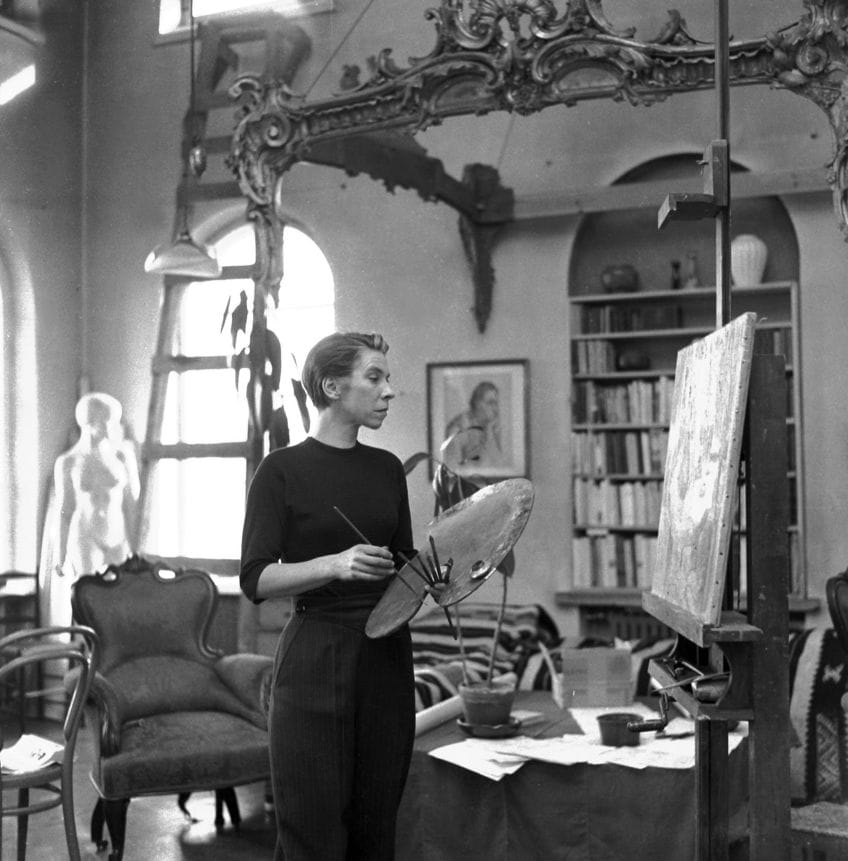
Beatrix Potter (1866 – 1943)
| Date of Birth | 28 July 1866 |
| Date of Death | 22 December 1943 |
| Place of Birth | Kensington, London, United Kingdom |
| Nationality | British |
| Art Movement | Golden Age of Illustration |
| Mediums Used | Watercolor and ink |
| Famous Artworks |
|
Beatrix Potter stands as a revered figure in the annals of both literature and illustration, enchanting generations with her timeless tales of anthropomorphic characters in the idyllic English countryside. Born into a Victorian-era upper-middle-class family, Potter’s artistic talents blossomed from a young age, nurtured by a keen interest in nature and animals. Beyond her celebrated children’s books, Potter was a pioneering conservationist, accomplished mycologist, and determined businesswoman. Her illustrations, characterized by meticulous detail and an innate understanding of animal behavior, continue to captivate audiences worldwide.
Potter’s legacy extends far beyond the pages of her books, transcending into the realms of environmentalism and the enduring magic of childhood.

The Tale of Peter Rabbit (1901)
| Author and Illustrator | Beatrix Potter |
| Originally Published | 2 October 1902 |
| Genre | Children’s literature and illustrated story |
| Publishing House | Frederick Warne & Co. |
One of Beatrix Potter’s most famous illustrations, featured in The Tale of Peter Rabbit, encapsulates the essence of her distinctive style and narrative charm. In the illustration depicting Peter Rabbit squeezing under the garden fence, Potter masterfully captures a pivotal moment in the story. The delicate watercolor strokes breathe life into the characters, and the meticulous attention to detail in the flora and fauna adds depth to the scene. The expressive portrayal of Peter’s mischievous determination resonates with both children and adults, forging a timeless connection.
Potter’s ability to infuse emotion into her characters, combined with her unparalleled skill in rendering the natural world, establishes this illustration as a testament to her enduring influence on the art of storytelling through visuals.
The Tale of Peter Rabbit was initially written and illustrated by Beatrix Potter for a private audience, including the children of her former governess. It was eventually published after numerous rejections by commercial publishers. The book’s success led to Potter’s further ventures into the world of children’s literature, making her a beloved and influential figure in the genre.
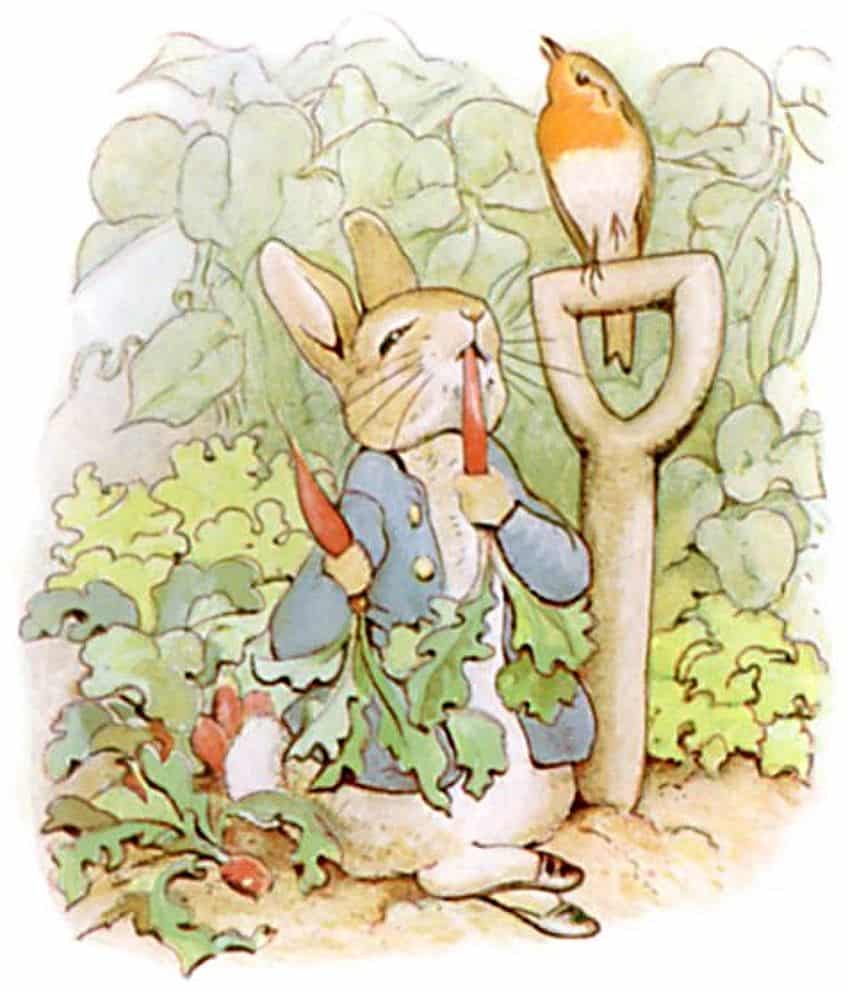
Wanda Gág (1893 – 1946)
| Date of Birth | 11 March 1893 |
| Date of Death | 27 June 1946 |
| Place of Birth | New Ulm, Minnesota, United States |
| Nationality | American |
| Art Movement | Early 20th-century American Art |
| Mediums Used | Illustration and linocut printing |
| Famous Artworks |
|
Wanda Gág stands as a pioneering figure in American literature and illustration celebrated for her contributions to both fields. Born in New Ulm, Minnesota, Gág’s artistic journey was characterized by a diverse range of talents, spanning illustration, writing, and printmaking. A trailblazer in the realm of children’s literature, Gág is best known for her groundbreaking book Millions of Cats (1928), which not only showcased her artistic prowess but also introduced a fresh perspective to the world of illustrated storytelling.
Gág’s commitment to artistic innovation and her ability to engage audiences of all ages through her whimsical and dynamic illustrations have solidified her legacy as a visionary in the early 20th-century American art scene.
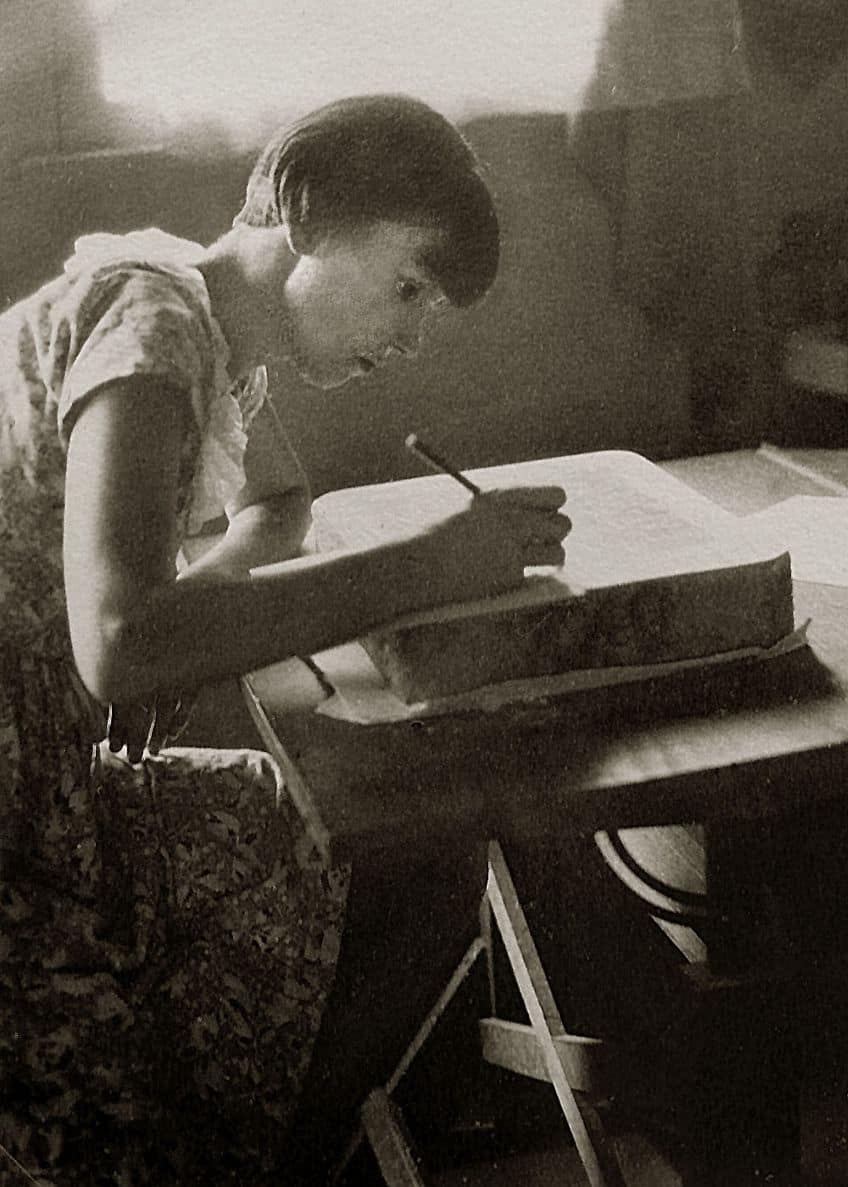
Millions of Cats (1928)
| Author and Illustrator | Wanda Gág |
| Originally Published | 1928 |
| Genre | Children’s literature |
| Publishing House | Coward-McCann |
In Millions of Cats, Wanda Gág’s most famous illustration, her distinctive artistic style takes center stage. The illustration features a multitude of cats, each rendered with a unique personality and expression, creating a visually rich and engaging composition. Gág’s use of flowing lines and intricate patterns adds a sense of movement and vitality to the scene, capturing the whimsical chaos of the story. The choice of black-and-white linocut printing not only aligns with the visual aesthetics of the time but also enhances the timeless quality of the illustration.
Gág’s ability to convey emotion and narrative through her illustrations, coupled with the enduring charm of Millions of Cats, cements her status as a trailblazer in the world of children’s literature and illustration.
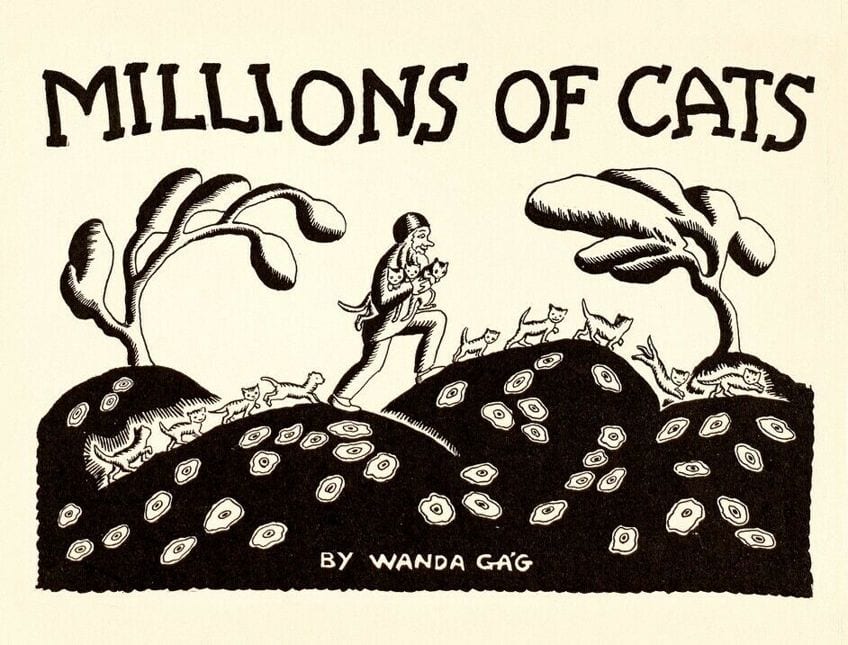
Dr. Seuss (Theodor Seuss Geisel) (1904 – 1991)
| Date of Birth | 2 March 1904 |
| Date of Death | 24 September 1991 |
| Place of Birth | Springfield, Massachusetts, United States |
| Nationality | American |
| Art Movement | Modernism (Children’s literature) |
| Mediums Used | Pen and ink, watercolor, and colored pencil |
| Famous Artworks |
|
Dr. Seuss, born Theodor Seuss Geisel, is one of the most famous illustrators in the realm of children’s literature and illustration. A whimsical wordsmith and a master of visual storytelling, Dr. Seuss’s unparalleled creativity has left an indelible mark on generations of readers. His imaginative tales, often conveying profound moral lessons with a delightful touch of absurdity, have become timeless classics. Dr. Seuss’s distinctive artistic style, characterized by playful rhymes, fantastical creatures, and vibrant, imaginative worlds, has transcended the pages of his books to become an integral part of the cultural fabric.
Beyond his immense contribution to literature, Dr. Seuss’s legacy extends to advocacy for literacy and education, solidifying his status as a beloved literary figure with a lasting impact.
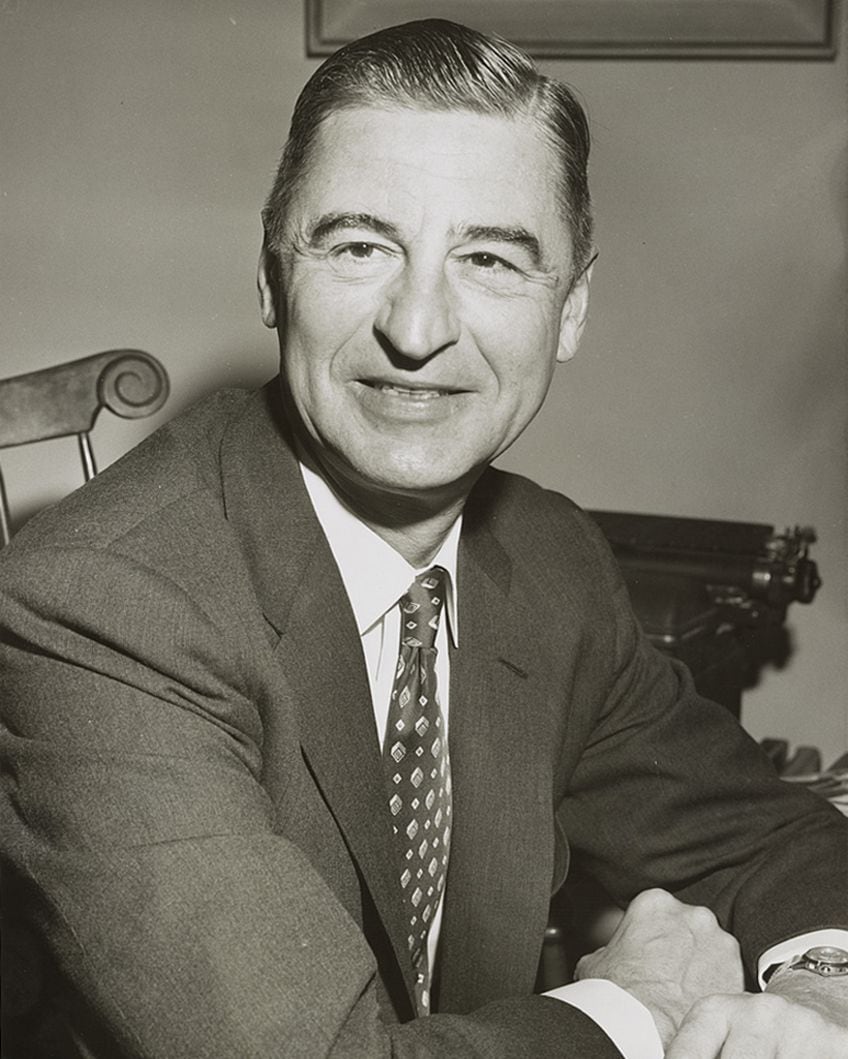
The Cat in the Hat (1957)
| Author and Illustrator | Dr. Seuss (Theodor Seuss Geisel) |
| Originally Published | 12 March 1957 |
| Genre | Children’s literature and picture book |
| Publishing House | Random House |
Among Dr. Seuss’s most famous illustrations is the iconic character from The Cat in the Hat (1957). The mischievous yet endearing Cat, with his tall striped hat and whimsical bowtie, epitomizes Dr. Seuss’s ability to create memorable and visually striking characters. The simplicity of the Cat’s design belies its profound impact, capturing the essence of childhood curiosity and the transformative power of imagination. Dr. Seuss’s use of bold colors and distinctive shapes not only engages young readers but also reinforces the narrative’s whimsical tone.
The Cat in the Hat illustration exemplifies Dr. Seuss’s genius in blending words and images to craft a captivating visual language that continues to enchant and inspire readers of all ages.
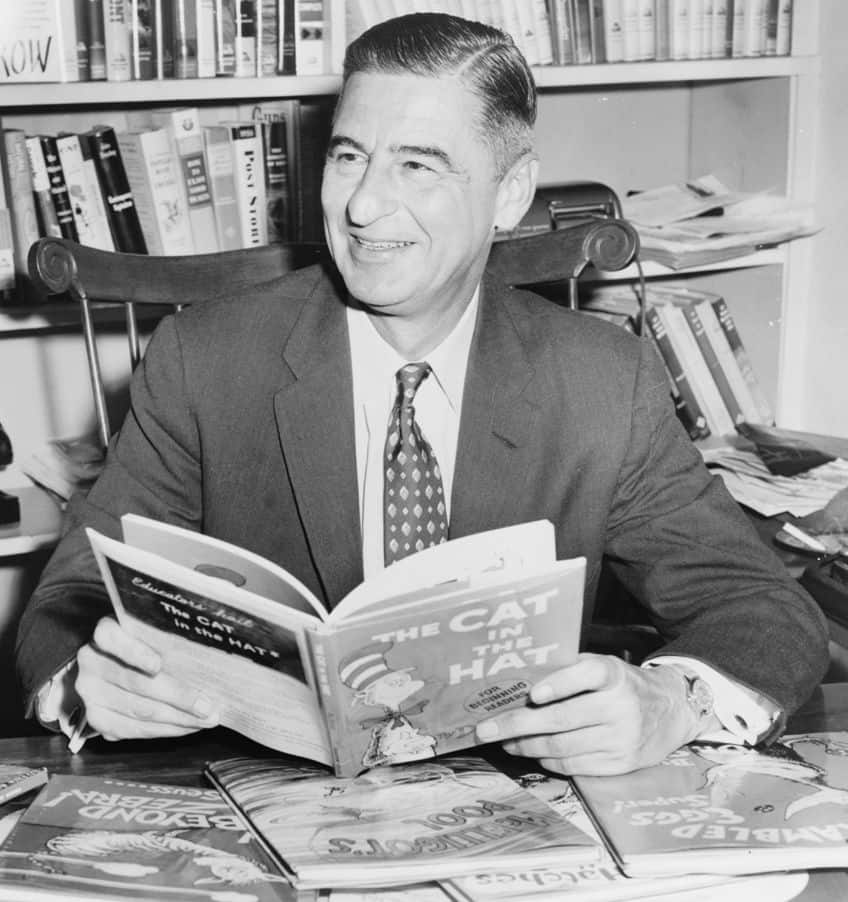
Tove Jansson (1914 – 2001)
| Date of Birth | 9 August 1914 |
| Date of Death | 27 June 2001 |
| Place of Birth | Helsinki, Grand Duchy of Finland |
| Nationality | Finnish-Swedish |
| Art Movement | Modernism |
| Mediums Used | Illustration, painting, and writing |
| Famous Artworks |
|
Tove Jansson was a Finnish-Swedish multi-talented artist, celebrated for her versatility as a writer, illustrator, and cartoonist. Born in Helsinki, Finland, Jansson became an iconic figure, especially known for her creation of the Moomins—whimsical characters that have enchanted readers worldwide. Jansson’s artistic journey extends beyond children’s literature, encompassing a rich array of works, including novels, short stories, and visual art that explores themes of identity, relationships, and the enchantment of the natural world.
Her legacy as a trailblazer in Scandinavian literature and illustration endures, reflecting her ability to seamlessly blend profound storytelling with timeless, visually captivating art.
Moominland Midwinter (1957)
| Author and Illustrator | Tove Jansson |
| Originally Published | 1 January 1957 |
| Genre | Children’s fantasy |
| Publishing House | Schildts Förlags AB (Swedish), Farrar, Straus and Giroux (English) |
One of Tove Jansson’s most iconic illustrations emerges from Moominland Midwinter (1957). The illustration captures the essence of the Moomin world amid winter, showcasing Jansson’s masterful use of line and color. The characters, including the endearing Moomintroll, navigate a snowy landscape filled with both wonder and challenge. Jansson’s distinctive style employs a delicate balance of simplicity and detail, conveying the magic and hardships of the winter season. The use of muted tones and subtle shading adds depth to the composition, creating a visually immersive experience.
Through this illustration, Jansson not only invites readers into the whimsical Moomin universe but also provides a poignant exploration of resilience, curiosity, and the beauty found within the changing seasons.

Pauline Baynes (1922 – 2008)
| Date of Birth | 9 September 1922 |
| Date of Death | 1 August 2008 |
| Place of Birth | Hove, East Sussex, United Kingdom |
| Nationality | British |
| Art Movement | Mid-20th century illustration |
| Mediums Used | Pencil, ink, and watercolor |
| Famous Artworks |
|
Pauline Baynes, a British illustrator, left an indelible mark on the world of literature through her enchanting and meticulous illustrations. Born in Hove, England, Baynes’s illustrious career spanned over five decades, during which she collaborated with some of the most renowned authors in children’s literature. Best known for her work with C.S. Lewis on The Chronicles of Narnia series, Baynes’s artistic brilliance extended to J.R.R. Tolkien’s works, bringing to life the detailed and fantastical realms of Middle-earth.
Her unparalleled ability to capture the essence of fictional worlds with exquisite detail and imaginative flair solidified her status as a revered illustrator, leaving a lasting legacy that continues to captivate readers of all ages.
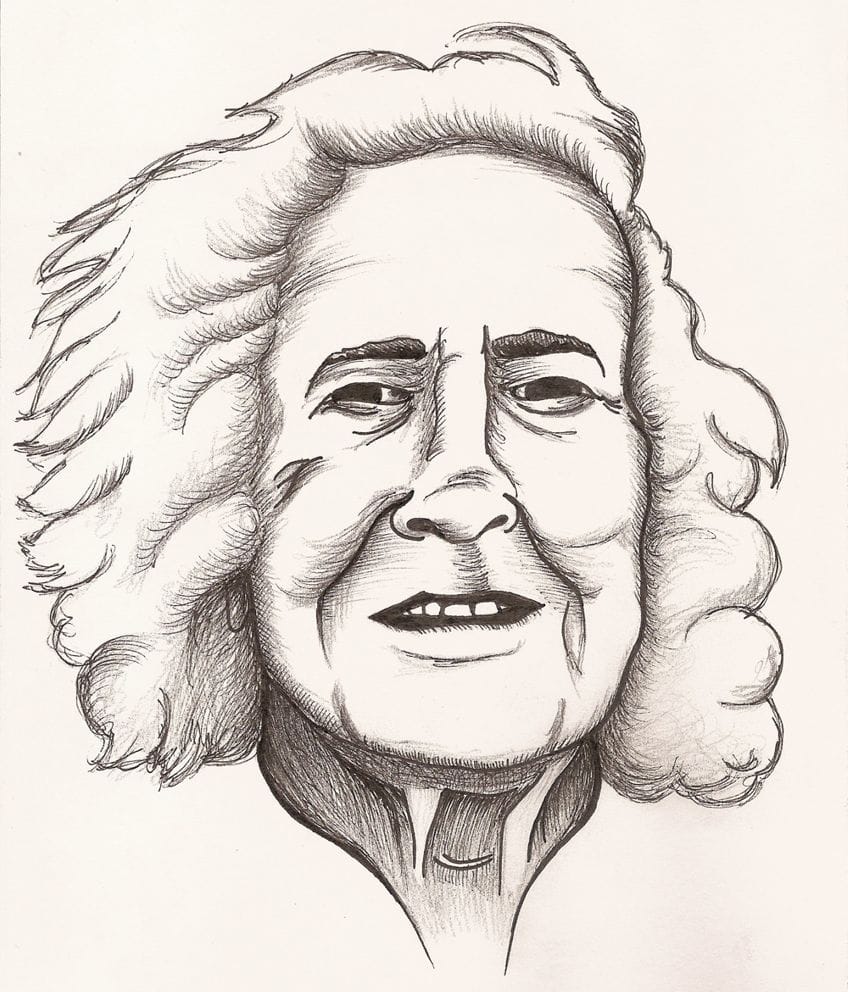
The Lion, the Witch and the Wardrobe (1950)
| Author and Illustrator | C.S. Lewis (Author) and Pauline Baynes (Illustrator) |
| Originally Published | 16 October 1950 |
| Genre | Fantasy and children’s literature |
| Publishing House | Geoffrey Bles (UK), Macmillan Publishing (USA) |
One of Pauline Baynes’s most iconic illustrations is found in The Lion, the Witch and the Wardrobe (1950), the first book in C.S. Lewis’s The Chronicles of Narnia series. The illustration features the magical world of Narnia, where the lamppost in the snowy forest becomes a symbol of the entrance to this enchanting realm. Baynes’s meticulous attention to detail is evident in the delicate rendering of the snow-laden landscape and the evocative use of light, conveying a sense of both wonder and peril. The characters, such as Mr. Tumnus and Lucy Pevensie, are brought to life with expressive and engaging depictions.
Baynes’s contribution to The Chronicles of Narnia not only enhances the narrative but also immerses readers in a visual journey that continues to endure as a timeless masterpiece of children’s literature illustration.
Quentin Blake (1932 – Present)
| Date of Birth | 16 December 1932 |
| Age | 90 years old |
| Place of Birth | Sidcup, Kent, United Kingdom |
| Nationality | British |
| Art Movement | Contemporary Illustration |
| Mediums Used | Pen and Ink, watercolor and charcoal |
| Famous Artworks |
|
Quentin Blake, one of the most famous illustrators in the world of children’s books, stands as a beloved figure renowned for his whimsical and emotive artistic style. Born in England in 1932, Blake’s career spans over six decades, during which he has illustrated over 300 books, including numerous collaborations with the iconic author Roald Dahl. His distinctive line drawings and animated characters have become synonymous with the enchanting narratives of children’s literature. Beyond his prolific contributions to illustration, Blake’s impact extends into the realm of education, having served as the inaugural Children’s Laureate in the United Kingdom.
His artistry, characterized by dynamic lines, expressive characters, and an innate ability to capture the essence of storytelling, has left an indelible mark on generations of readers and continues to inspire a love for the visual arts.
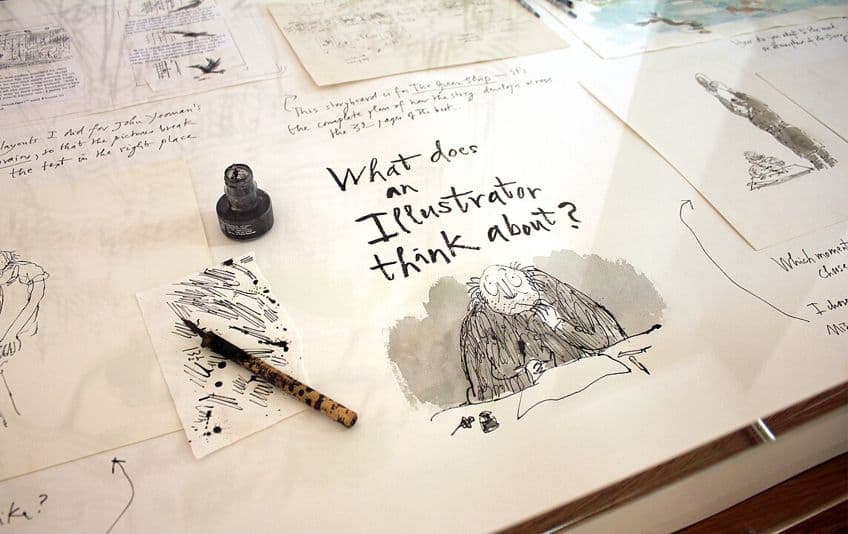
The BFG (1982)
| Author and Illustrator | Roald Dahl (Author) and Quentin Blake (Illustrator) |
| Originally Published | 14 October 1982 |
| Genre | Children’s literature |
| Publishing House | Jonathan Cape (UK) and Farrar, Straus & Giroux (USA) |
Among Quentin Blake’s most celebrated illustrations is his work for Roald Dahl’s The BFG (1982). Blake’s interpretation of the titular Big Friendly Giant encapsulates the whimsy and charm that defines his artistic approach. The illustration captures the BFG’s endearing quirkiness, with elongated limbs, oversized ears, and a warm, friendly expression. Blake’s use of energetic lines imparts a sense of movement and vitality to the character, complementing Dahl’s narrative seamlessly. Through the simplicity of his strokes, Blake masterfully conveys the BFG’s gentle nature, inviting readers into a world where imagination knows no bounds.
This iconic illustration is emblematic of Quentin Blake’s unparalleled ability to breathe life into literature, creating a visual language that transcends the pages of the books he enriches with his enchanting artistry.
Ralph Steadman (1936 – Present)
| Date of Birth | 15 May 1936 |
| Age | 87 years old |
| Place of Birth | Wallasey, Cheshire, United Kingdom |
| Nationality | British |
| Art Movement | Contemporary illustration |
| Mediums Used | Ink, watercolor, and mixed media |
| Famous Artworks |
|
Ralph Steadman is a provocative and iconic British artist known for his distinctive and often subversive illustrations. His career, spanning over six decades, has left an indelible mark on the worlds of literature, journalism, and counterculture. Collaborating with the renowned author Hunter S. Thompson, Steadman’s visceral and frenetic illustrations became synonymous with the gonzo journalism movement, epitomized in their collaboration on Fear and Loathing in Las Vegas (1971). Steadman’s work is characterized by its bold use of ink splatters, exaggerated lines, and a unique ability to capture the chaotic and absurd elements of the human experience.
Beyond his collaborations with Thompson, Steadman’s versatile talent extends to political satire, social commentary, and an unwavering commitment to challenging conventions through his art.

Fear and Loathing in Las Vegas (1971)
| Author and Illustrator | Hunter S. Thompson (Author) and Ralph Steadman (Illustrator) |
| Originally Published | November 1971 |
| Genre | Gonzo journalism and satire |
| Publishing House | Random House |
One of Ralph Steadman’s most famous illustrations emerges from his collaboration with Hunter S. Thompson in Fear and Loathing in Las Vegas (1971). The illustration depicts the distorted and frenzied psyche of the narrative’s protagonist, Raoul Duke, in a hallucinogenic whirlwind. Steadman’s use of ink splatters and exaggerated lines captures the chaotic descent into madness, mirroring Thompson’s visceral and surreal prose. The intensity and energy conveyed in Steadman’s illustration not only complement the narrative but elevate it to a visual experience that transcends traditional storytelling.
Through his fearless and unapologetic style, Steadman’s work in Fear and Loathing in Las Vegas remains a testament to the power of illustration to evoke emotion, challenge perceptions, and capture the zeitgeist of a turbulent era.
Jerry Pinkney (1939 – 2021)
| Date of Birth | 22 December 1939 |
| Date of Death | 20 October 2021 |
| Place of Birth | Philadelphia, Pennsylvania, United States |
| Nationality | American |
| Art Movement | Contemporary illustration |
| Mediums Used | Watercolor, pencil, colored inks, and mixed media |
| Famous Artworks |
|
Jerry Pinkney, a distinguished American illustrator and author, has carved an enduring legacy through his masterful contributions to the world of children’s literature. Pinkney’s illustrious career spans several decades, earning him acclaim for his remarkable ability to bring stories to life through the visual medium. His body of work reflects a commitment to inclusivity, diverse narratives, and a deep understanding of the power of storytelling.
As a recipient of numerous awards, including the Caldecott Medal, Pinkney’s artistic endeavors have left an indelible mark on the literary landscape, making him a revered figure in the realm of illustrated storytelling.
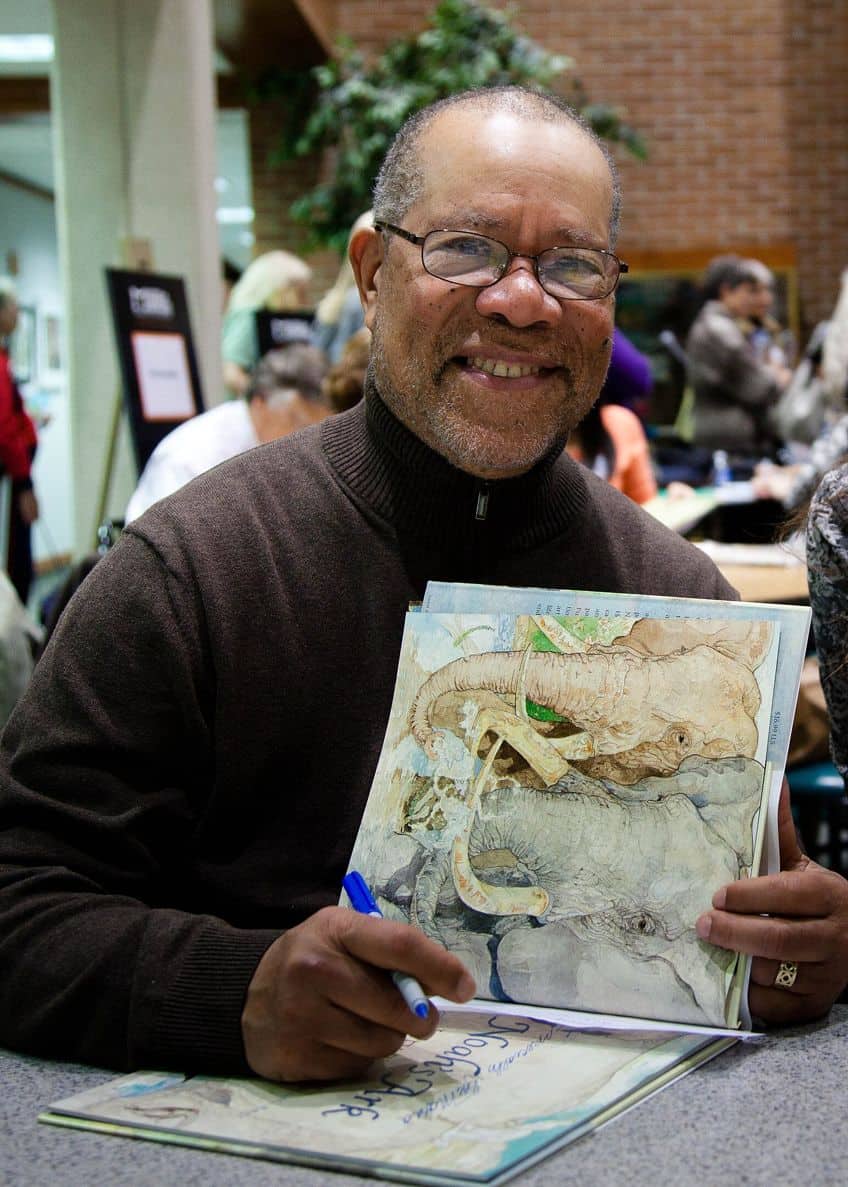
The Lion and the Mouse (1988)
| Author and Illustrator | Gerald Rose (author) and Jerry Pinkney (author and illustrator) |
| Originally Published | 1988 |
| Genre | Picture book, fable, children’s literature, and fiction |
| Publishing House | Little, Brown Books for Young Readers |
One of Jerry Pinkney’s most celebrated illustrations is found in his adaptation of The Lion and the Mouse (1988), a wordless picture book that transcends language barriers. The illustration captures a pivotal moment in the narrative where the tiny mouse demonstrates an act of kindness toward the mighty lion. Pinkney’s meticulous attention to detail and the expressive nature of his characters evoke a powerful sense of emotion, effectively conveying the universal theme of compassion. The use of watercolor, pencil, and colored ink creates a rich and textured visual experience, enhancing the storytelling and immersing the reader in the African savannah setting.
Through this illustration, Pinkney showcases his ability to communicate complex emotions and narratives with visual eloquence, solidifying The Lion and the Mouse as a timeless masterpiece in the world of illustrated children’s literature.
Hayao Miyazaki (1941 – Present)
| Date of Birth | 5 January 1941 |
| Age | 82 years old |
| Place of Birth | Tokyo, Japan |
| Nationality | Japanese |
| Art Movement | Anime and studio Ghibli |
| Mediums Used | Animation and illustration |
| Famous Artworks |
|
Hayao Miyazaki, a visionary filmmaker and animator, is a luminary in the world of animation, renowned for his exceptional storytelling and enchanting visual aesthetics. Born on January 5, 1941, in Tokyo, Japan, Miyazaki co-founded Studio Ghibli, a powerhouse in the animation industry. His illustrious career spans over five decades, during which he has crafted timeless and imaginative worlds that resonate with audiences of all ages. Miyazaki’s work is characterized by its meticulous attention to detail, profound storytelling, and a deep connection to nature.
As a master storyteller and advocate for environmental themes, Miyazaki’s contributions to animation have garnered international acclaim, solidifying his legacy as a pioneer and influencer in the realm of animated cinema.

Princess Mononoke (1997)
| Director | Hayao Miyazaki |
| Illustrator/Cinematographer | Hayao Miyazaki |
| Release Date | 12 July 1997 (Japan) |
| Genre | Animated fantasy and epic |
| Distributed by | Toho (Japan) and Miramax (International) |
One of Hayao Miyazaki’s most renowned works, Princess Mononoke (1997), showcases his unparalleled ability to blend intricate storytelling with breathtaking visuals. While Miyazaki is primarily known for his animated films, the detailed and evocative illustrations that contribute to the conceptualization of his films are integral to his artistic prowess. In Princess Mononoke, Miyazaki’s illustration work is particularly impactful, depicting the film’s protagonist, Ashitaka, against the backdrop of a lush and mystical forest. The illustration captures the essence of the film’s themes, juxtaposing the harmony of nature with the conflicts between humanity and the environment.
Miyazaki’s use of color, texture, and composition not only serves the narrative but also elevates the emotional resonance of the illustration, exemplifying his mastery of creating visually immersive and thematically rich worlds.
Shabazz Larkin (Unknown – Present)
| Date of Birth | Unknown |
| Age | Unknown |
| Place of Birth | Unknown |
| Nationality | American |
| Art Movement | Contemporary illustration |
| Mediums Used | Graphic design and digital illustration |
| Famous Artworks |
|
Shabazz Larkin, a contemporary visual artist, children’s book author, and poet, weaves a tapestry of vibrant storytelling through his distinctive and multifaceted artistic expressions. Born in Kansas City, Larkin’s creative journey is a celebration of diversity and inclusivity, reflected in his dynamic use of color, shape, and narrative. With a background in graphic design and a passion for uplifting narratives, Larkin’s work often explores themes of family, love, and the beauty found in everyday moments. Beyond the canvas, Larkin’s influence extends into the realm of literature, where he crafts narratives that resonate with readers of all ages.
His commitment to fostering empathy and understanding through art makes Shabazz Larkin a visionary whose creativity transcends traditional boundaries.
The Thing About Bees: A Love Letter (2019)
| Author and Illustrator | Shabazz Larkin |
| Originally Published | 1 August 2019 |
| Genre | Children’s literature |
| Publishing House | Live Oak Media |
Shabazz Larkin is known for using vibrant colors, dynamic compositions, and expressive lines to convey emotion and narrative, and The Thing About Bees: A Love Letter (2019) is no different. In this book, Larkin’s signature blend of whimsy and heart really shines. His illustrations complement the text with a visual narrative that enhances the reader’s experience. Larkin often employs a diverse range of visual elements, making his work accessible to a broad audience, including children, which makes his style perfect for this important topic: bees.
In conclusion, the exploration of famous illustrators offers a profound insight into the multifaceted realm of visual storytelling. By delving into the question of “what is an illustration,” we uncovered the diverse ways in which artists communicate narratives, evoke emotions, and shape our understanding of the world. The contributions of popular illustrators throughout history, each a masterful illustrator artist in their own right, showcase the enduring impact of their craft. In the contemporary landscape, the evolution of illustration is evident in the work of graphic illustrators who seamlessly blend traditional techniques with modern technology, pushing the boundaries of visual representation. As we continue to celebrate the legacy of these talented individuals, the dynamic interplay between tradition and innovation underscores the enduring relevance and richness of the illustrator’s art in shaping our global artistic expression.
Frequently Asked Questions
Who Are the Most Popular Illustrators and Why?
Several illustrators have achieved widespread acclaim for their unique styles, cultural impact, and contributions to the field. Quentin Blake (1932 – Present), known for his collaborations with Roald Dahl (1916 – 1990), has left an indelible mark on children’s literature. The visionary work of Hayao Miyazaki (1941 – Present) in animation has garnered global admiration. Artists like Ralph Steadman (1936 – Present) and Pauline Baynes (1922 – 2008) are celebrated for their collaborations with renowned authors and for bringing stories to life with their visual languages.
What Was the Golden Age of Illustration?
The Golden Age of Illustration was a period between the late 19th and early 20th centuries when book and magazine illustration flourished. Advances in printing technology allowed for detailed and vibrant illustrations to be reproduced on a large scale. This era saw the rise of notable artists such as Arthur Rackham (1867 – 1939), Howard Pyle (1853 – 1911), and Maxfield Parrish (1870 – 1966), who made significant contributions to the field. Their imaginative illustrations adorned classic fairy tales, adventure stories, and children’s literature, shaping the visual language of storytelling. The Golden Age of Illustration was characterized by a fusion of artistic innovation, technical prowess, and a renewed appreciation for the power of images to enhance and enrich narrative experiences.
What Is Mid-20th-Century Illustration?
Mid-20th-century illustration encapsulates the artistic movements and stylistic evolution in the visual arts during the middle decades of the 1900s, approximately from the 1930s to the 1960s. This period was characterized by a diverse range of artistic styles and influences, reflecting the cultural shifts and technological advancements of the time. Illustrators during this era experimented with various mediums and techniques, from the bold and dynamic designs of mid-century modernism to the detailed and narrative-driven works reminiscent of traditional illustration. The post-war period saw the emergence of iconic illustrators like Pauline Baynes (1922 – 2008) and Mary Blair (1911 – 1978), who contributed to children’s literature and animation. Mid-20th-century illustration played a pivotal role in shaping the visual landscape of advertising, editorial design, and popular culture, leaving a lasting imprint on the collective visual memory of the time.
Nicolene Burger is a South African multi-media artist, working primarily in oil paint and performance art. She received her BA (Visual Arts) from Stellenbosch University in 2017. In 2018, Burger showed in Masan, South Korea as part of the Rhizome Artist Residency. She was selected to take part in the 2019 ICA Live Art Workshop, receiving training from art experts all around the world. In 2019 Burger opened her first solo exhibition of paintings titled, Painted Mantras, at GUS Gallery and facilitated a group collaboration project titled, Take Flight, selected to be part of Infecting the City Live Art Festival. At the moment, Nicolene is completing a practice-based master’s degree in Theatre and Performance at the University of Cape Town.
In 2020, Nicolene created a series of ZOOM performances with Lumkile Mzayiya called, Evoked?. These performances led her to create exclusive performances from her home in 2021 to accommodate the mid-pandemic audience. She also started focusing more on the sustainability of creative practices in the last 3 years and now offers creative coaching sessions to artists of all kinds. By sharing what she has learned from a 10-year practice, Burger hopes to relay more directly the sense of vulnerability with which she makes art and the core belief to her practice: Art is an immensely important and powerful bridge of communication that can offer understanding, healing and connection.
Nicolene writes our blog posts on art history with an emphasis on renowned artists and contemporary art. She also writes in the field of art industry. Her extensive artistic background and her studies in Fine and Studio Arts contribute to her expertise in the field.
Learn more about Nicolene Burger and the Art in Context Team.
Cite this Article
Nicolene, Burger, “Famous Illustrators – The 10 Best Contemporary Examples.” Art in Context. November 30, 2023. URL: https://artincontext.org/famous-illustrators/
Burger, N. (2023, 30 November). Famous Illustrators – The 10 Best Contemporary Examples. Art in Context. https://artincontext.org/famous-illustrators/
Burger, Nicolene. “Famous Illustrators – The 10 Best Contemporary Examples.” Art in Context, November 30, 2023. https://artincontext.org/famous-illustrators/.


